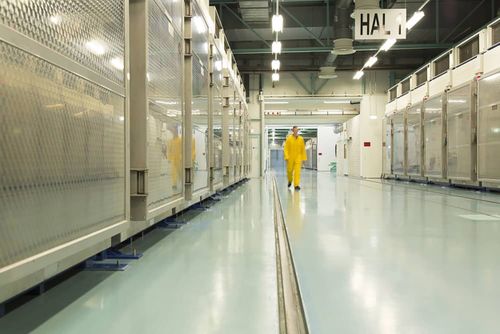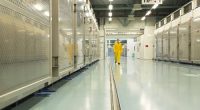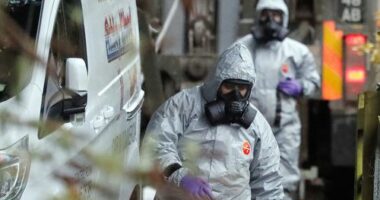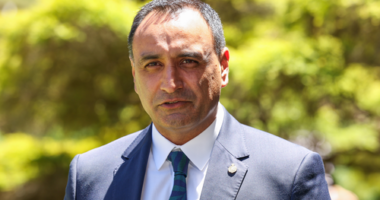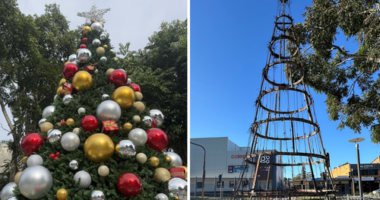Share this @internewscast.com
Warplanes. Submarines. Cruise missiles. Bombs that weigh more than 13 tons.
Donald Trump asserted that Iran’s nuclear sites had been “wiped out,” although some Iranian authorities minimized the effectiveness of the attacks, similar to their response when Israel targeted the facilities on June 13.
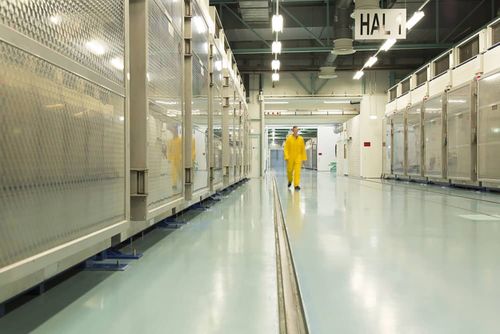
With satellite imagery of the overnight strikes beginning to emerge, here’s what we know about the damage the US inflicted on Iran’s nuclear program.
Fordow is Iran’s most important nuclear enrichment facility, buried deep inside a mountain to guard it from attacks.
The principal structures are thought to be situated about 80 to 90 meters underground. Experts have consistently noted that the United States is the only nation with bombs capable of penetrating such depths — specifically, the massive, 13-ton GBU-57.
The US used six B2 bombers to drop 12 of those “bunker-busting” bombs on the site, a US official told CNN.
A review by CNN of satellite images indicated that U.S. attacks created at least six substantial craters at the Fordow location, suggesting the deployment of bunker-buster bombs.
The images, captured by Maxar, showed six separate impact craters in two nearby locations at Fordow. The craters are visible along a ridge running over the underground complex.
Rafael Grossi, the head of the International Atomic Energy Agency (IAEA), the United Nations’ nuclear watchdog, told CNN that there had been a “direct kinetic impact” on Fordow, but that it was too soon to judge whether it had caused internal damage to the underground site.
“Of course, one cannot exclude (the possibility) that there is significant damage there,” he said.

David Albright, president of the Institute for Science and International Security (ISIS), told CNN that the satellite imagery suggested “a considerable amount of damage could have been done to the enrichment hall and adjacent halls that provide support to enrichment.”
“Total destruction of the underground hall is quite possible,” Albright said, while stressing that a full assessment of the damage would take time.
NR Jenzen-Jones, a munitions specialist and director of the research company Armament Research Services (ARES), concurred that there were at least six entry points in Fordow following the US strikes.
“The larger, central entry holes in the two groupings have irregular shapes and suggest multiple munitions struck the same precise location,” Jenzen-Jones told CNN.
“This is consistent with the theory of an attack on such a deeply buried target as the Fordow site, which would require multiple precisely delivered, and carefully calibrated, penetrating munitions to essentially ‘smash’ and blast their way through to the deeper, more protected areas of the site,” he added.
Satellite imagery also showed significant changes to the color of the mountainside where the facility is housed, indicating a vast area was covered with a layer of grey ash in the aftermath of the strikes.
A CNN analysis of imagery collected before the US strikes suggested Iran had taken steps to reinforce the entrances to the tunnels believed to lead into the underground facility, likely in anticipation of a coming strike. That imagery showed dirt piled up in front of at least two of the six entrances.
Although Iran’s foreign minister said the US had crossed a “very big red line,” other Iranian leaders downplayed the strikes’ impact. Manan Raeisi, a politician representing the city of Qom, near Fordow, said the damage from the attack was “quite superficial”.
But Albright, of the ISIS, told CNN that initial reports from Iran “should be dismissed”. He said that, during previous rounds of strikes on Iran’s nuclear facilities, Tehran has soft-pedaled their impact, only for satellite imagery to tell a very different story.
Natanz is the site of Iran’s largest nuclear enrichment centre and was targeted in Israel’s initial attack on Iran on June 13. The site has six above-ground buildings and three underground structures, which house centrifuges â a key technology in nuclear enrichment, turning uranium into nuclear fuel.
The above-ground facilities were damaged in Israel’s initial attack. The IAEA said the strikes damaged electrical infrastructure at the plant.
Although it is not clear if Israel’s strikes caused direct damage to the underground facilities, the IAEA said the loss of power to the underground cascade hall “may have damaged the centrifuges there.”
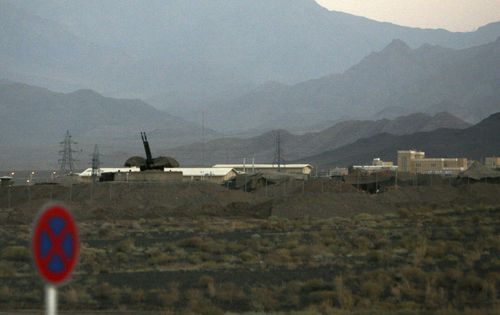
The US also targeted Natanz in its Saturday night operation. A US official said a B2 bomber had dropped two bunker-busting bombs on the site. US Navy submarines also fired 30 TLAM cruise missiles at Natanz and Isfahan, the third Iranian site targeted by the US.
A CNN analysis of satellite imagery showed two new craters had emerged at the site, likely caused by the bunker-busting bombs. The craters â one with a diameter of around 5.5 metres, the other around 3.2 metres, according to the Maxar images â sit directly above parts of the complex located underground.
The extent of the underground damage at the site is unclear at this time.
Isfahan, in central Iran, is home to the country’s largest nuclear research complex.
The facility was built with support from China and opened in 1984, according to the non-profit Nuclear Threat Initiative (NTI). Some 3000 scientists are employed at Isfahan, NTI says, and the site is “suspected of being the centre” of Iran’s nuclear program.
Following the US strikes, at least 18 destroyed or partially destroyed structures could be seen in satellite imagery, a CNN analysis found. The site was visibly blackened by the degree of rubble thrown up by the strikes.
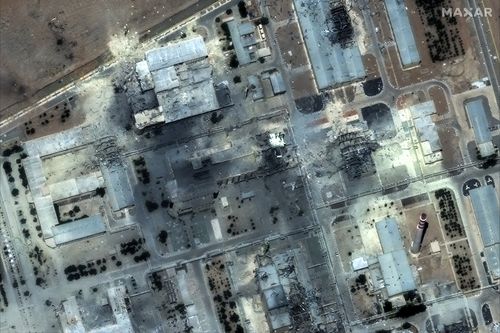
Albright said initial reports suggested that the US also struck tunnel complexes near the Isfahan site, “where they typically store enriched uranium.”
If confirmed, Albright said this would show that the US was trying to take out Iran’s stocks of uranium that had been enriched to 20 per cent and 60 per cent. Weapons-grade uranium is enriched to 90 per cent.
CNN could not independently verify reports that tunnel complexes near the Isfahan site were targeted.
At a Pentagon news conference yesterday, General Dan Caine, US Chairman of the Joint Chiefs of Staff, said a US submarine had “launched more than a dozen Tomahawk land attack cruise missiles against key surface infrastructure targets” at the Isfahan site.
